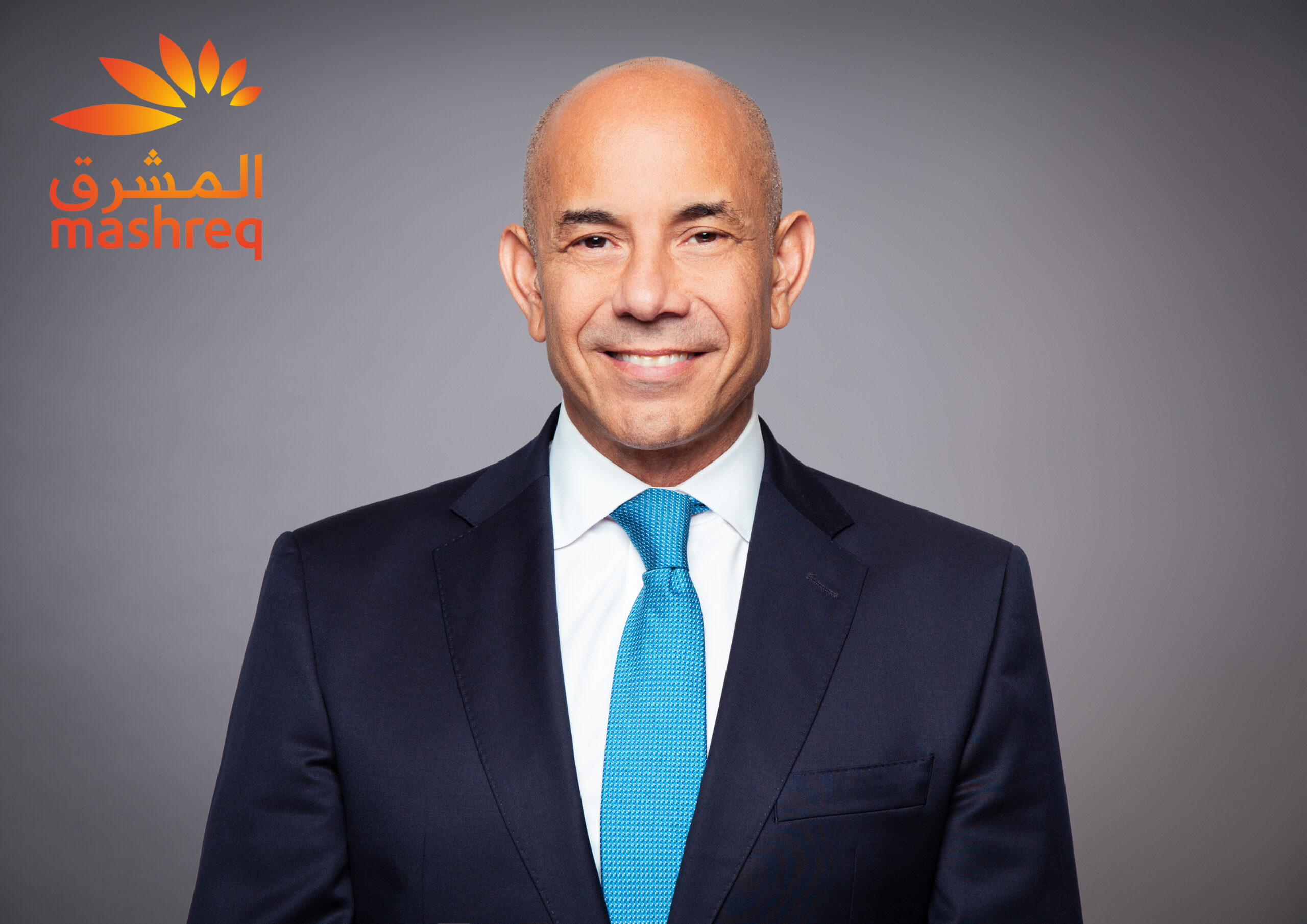While economic growth in the Asean region is likely to slow this year compared to 2022, the growth rate is still expected to be among the highest of the regional trading blocks in Asia and worldwide, making it a bright spot in an otherwise dim and turbulent global macro picture.
What’s remarkable, is that the 4.7% growth this year – according to Asian Development Bank (ADB) forecasts – from Asean’s 10 economies is likely to materialise despite a host of macro-economic challenges, from a slowing global economy, elevated inflation and monetary tightening to high commodity prices and the economic fallout from geopolitical tensions.
Notably, the ADB forecasts that Asean’s growth rate will accelerate to 5% in 2024, a level the region has essentially sustained for much of the past decade.
There are many different factors driving Asean’s rise, not least its advantageous demographics encompassing a young population of 650 million and growing middle class, but also a geographic position situated at the confluence of major trade routes with $3.4 trillion of global trade passing through each year.
More recently, however, three new forces have emerged that are expected to further propel the Asean economy, says UOB, one of the leading Asean banks, which can leverage its extensive regional network and connectivity within Asean and Greater China to enable clients to seize regional growth opportunities at-speed.
The first is the boost from international companies re-calibrating and re-locating parts their supply chains to Asean countries, together with the anticipated increased trade and investment from the US and China into the region, supported by trade agreements.
Second is the economic benefit from increased digital innovation and adoption, supporting an already booming digital economy. And third, argues UOB, is the driver of Asean countries investing over $1 trillion in transition industries to achieve their net zero goals and accelerate their sustainable transformation.
Power dynamics create opportunity
Elevated trade and geopolitical tensions between the US and China, together with the impact of the pandemic, have triggered so-called de-globalisation, which is manifesting in companies redesigning their global supply chains to reduce reliance on certain markets, such as China.
Under this redesign, Asean economies are benefiting, with international companies, especially manufacturers, increasingly seeking to diversify parts of their supply chain to Southeast Asian countries
Under this redesign, Asean economies are benefiting, with international companies, especially manufacturers, increasingly seeking to diversify parts of their supply chain to Southeast Asian countries for consumer goods and wholesale trading, in turn boosting foreign direct investment (FDI) across the region.
According to UOB’s Business Outlook Study 2023, the top three target expansion markets internally within the region are Singapore, Thailand and Malaysia.
For its part, UOB’s FDI advisory unit has supported more than 3,800 companies in their cross-border expansion within Asia since 2011, connecting clients across markets through cross border banking systems and combining local expertise with a regional perspective. These same companies are projected to invest more than S$41 billion across Asean and Greater China over the coming years.
In addition, as the rivalry between the US and China simmers, both are seeking to bolster their economic power by deepening ties with Asean countries, highlighted by their commitments to grow trade with the region’s economies. While the US has free trade agreements with some Asean countries, China can leverage the Regional Comprehensive Economic Partnership agreement and the Comprehensive and Progressive Agreement for Trans-Pacific Partnership.
While geopolitical tensions, and tectonic shifts in the global economic landscape, cause uncertainty. These forces are also creating opportunities that the Asean economy stands to benefit from.
The digital dividend
Asean is the fastest growing internet market in the world. With 125,000 new users coming onto the internet every day, the Asean digital economy is projected to grow significantly, adding an estimated $1 trillion to regional GDP over the next ten years.
Importantly, Asean companies across industries are also accelerating their embrace of digital, with 31% of 4061 small, medium and large enterprises surveyed by UOB’s Business Outlook Study 2023 stating that digitalisation is a top priority for them over the next one to three years.
According to the respondents, key areas for investment in digital include: customer services (34%); marketing (33%); sales (32%); human resource management (32%); expense management (31%); payroll (30%); and customer relationship management (30%).
With 125,000 new users coming onto the internet every day, the Asean digital economy is projected to grow significantly, adding an estimated $1 trillion to regional GDP over the next ten years.
Similar to their corporate clients, Asean banks are also investing heavily in digitalising their operations and developing new digital services and products, which helps support their client’s own digital transformation. For instance, UOB offers a range of digital offerings – such as UOB Infinity, and the UOB SME App, providing SMEs with a cross-border banking platform of comprehensive solutions that address their banking, financing and operational needs, including a unified view of cash flow data and access to customised insights.
The bank is similarly innovative on the consumer side of its business. UOB TMRW, the bank’s all-in-one banking app, has over one million digitally active customers in Singapore. It is built around customer needs to enable them to bank, pay and play. It now comes with enhanced capabilities from harnessing the latest technologies including Meniga, Personetics, and proprietary in-house machine learning and AI models – bespoke tools built to deliver personalised and actionable insights to retail customers.
Such rising demand for digital products and services in Asean, together with the substantial investment needed by Asean companies to digitalise their operations, will continue to drive the region’s digital and real economy in the future.
Sustainable growth
Asean countries are some of the most vulnerable to climate change and the damaging consequences of rising global temperatures, which is why governments and the private sector across the region are stepping-up their efforts to invest in and support a sustainable transition.
Such is the focus on sustainability, 88% of the Asean companies that responded to UOB’s Business Outlook 2023 survey said the issue is strategically important to them
Such is the focus on sustainability, 88% of the Asean companies that responded to UOB’s Business Outlook 2023 survey said the issue is strategically important to them, with multiple benefits recognised by them including enhancing the reputation of the company, helping to attract investors, and making it easier to work with multinationals.
However, while they see the importance of sustainability, less than half of Asean companies said they have yet to implement sustainable practices. Importantly, international, regional and local banks will all play a critical role in providing and facilitating the investment needed for countries in the region to hit their net zero goals. As a commercial bank, UOB sees itself as a catalyst and enabler to influence the real economy toward net zero and building a more climate resilient economy through sustainable financing.
That is already beginning to flow. Beyond net zero commitments, the bank has already developed sustainable finance frameworks and ecosystem solutions for smart cities, circular economy, solar energy, electric vehicles, transition finance and more.
Conclusion
Asean is on-track to become the fourth-largest economy in the world by 2030, propelled by multiple factors, including the impact of de-globalisation, digitalisation and sustainability. It is an interconnected, young, and dynamic economic region of more than 650 million people, offering unique and diverse business opportunities.
To view key insights from the UOB Business Outlook Study 2023 please click here





